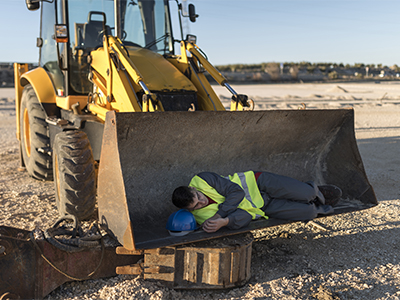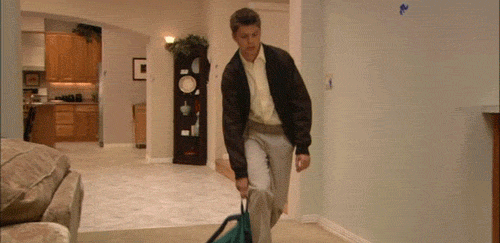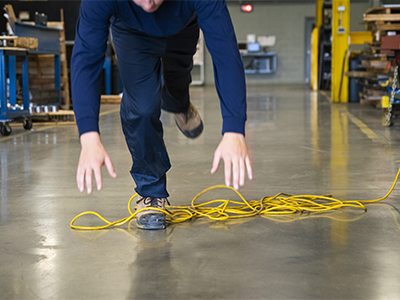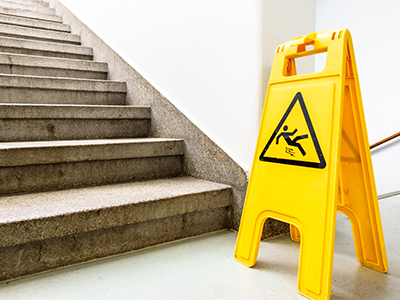
National Safety Month:
We've discussed spotting hazards, avoiding slips, trips, and falls, and the overarching effect of fatigue -- all of which are largely caused by the work environment and not by choice. For the last week of National Safety Month, we're taking a look at how some individual choices can create just as dangerous a hazard as a wet floor or too-long hours...and how to mitigate them.
Know what you're looking for.
Impairment isn't always as obvious as slurred words or stumbling; it can manifest in all kinds of ways to watch for. Warning signs of possible impairment, misuse, or addiction include personality shifts, trouble focusing, short-term memory loss, poor hand/eye coordination or fine motor skills, and incoherence, but may be as subtle as multiple, uncharacteristic missed deadlines or absences.
Drug testing, in compliance with federal or state laws, can screen for risky substance abuse issues, but often aren't administered to all employees or test for synthetic opioids. The Substance Abuse and Mental Health Services Administration (SAMHSA) is an excellent resource for help with workplace drug testing.
Know what you're dealing with.
Opioid medications, even if prescribed by a doctor, run a high risk of addiction and misuse, and, according to a 2017 National Security Council poll, the construction industry reports higher-than-average opioid disorders.
We already discussed how fatigue can have the same effect on your driving abilities as drinking. Alcohol causes impairment from the first drink, even if it doesn't seem obvious. Cannabis, increasingly decriminalized for recreational and medicinal use, has a wide range of effects depending on other variables. Although data on marijuana impairment is inconclusive, use can affect short-term memory, concentration, and delayed reaction time -- all of which can create job site hazards.
Even emotional impairment can create an unsafe effect on your ability to stay safe. If you're dealing with stress or anxiety, it can be difficult to focus at work, creating a risk for yourself and others.
Talk it out.
As it often is, the first step is education. We're not talking adult D.A.R.E programs; we mean creating a culture of open communication. Although 7 out of 10 surveyed HR officials reported opioid misuse in their organizations, only 19% felt "extremely prepared" to handle that misuse. Here are some ways you can avoid being part of the other 89%:
Establish a clear, written policy on prescription medication, help educate your employees about non-opioid options for pain management, and train employees to help spot signs of possible addiction or misuse to avoid or mitigate hazards. And if your organization offers an Employee Assistance Program, make sure your supervisors are comfortable advocating it.

Personality shifts, trouble with fine motor coordination, and incoherence can all be signs of possible addiction.
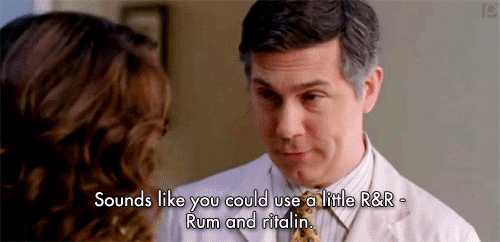
Before starting a new prescription, ask your doctor about any possible side effects and how it might impact your ability to work or drive. (Note: Dr. Spaceman is not a real doctor.)

Many employee handbooks are quite clear on the matter of mind-altering substances.
Make it a habit.
As uncomfortable as it might be, the best way to keep yourself and your teammates safe is to address the issue and discuss it with your supervisor, HR, or the safety team. Dennis Group's Safety Managers can help you learn how to spot impairments and have the tough conversations needed to ensure everyone can go home the way they came to work.
We've enjoyed sharing our Safety Team's tips and advice with you over National Safety Month, and we hope these articles have helped you see that accidents are preventable if everyone does their part and watches each others' backs. Thank you, and stay safe!









